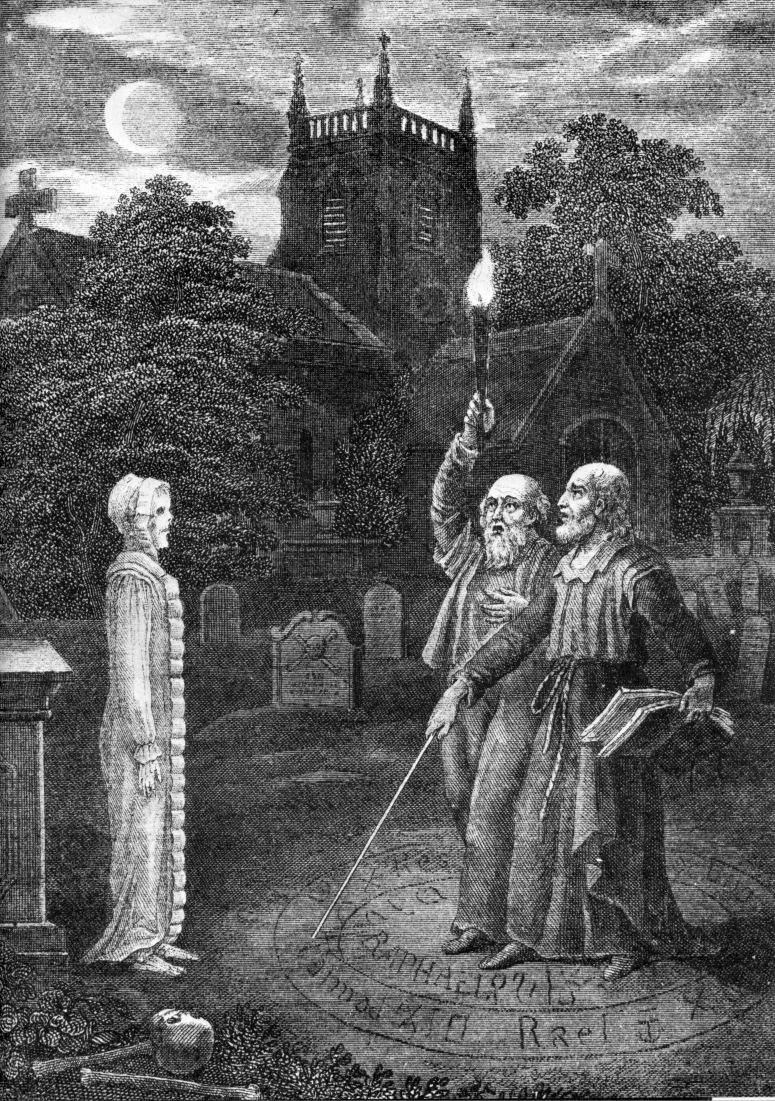The Crystal Ball is an oil painting in the Pre-Raphaelite style by John William WaterhouseEnglish artist known primarily for his depictions of women set in scenes from myth, legend or poetry. He is the best known of that group of artists who from the 1880s revived the literary themes favoured by the Pre-Raphaelites. (1849–1917). Waterhouse completed the painting in 1902 and displayed it and another of his works, The Missal, in the Royal Academy exhibition of that year.[a]At this stage in his career Waterhouse tended to develop his pictures in pairs.[1] It shows the influence of the Italian Renaissance on the artist’s style, with its vertical and horizontal lines, along with circles “rather than the pointed arches of the Gothic”.[2]
The woman’s expression as she peers into the crystal ball – a practice known as scryingForm of divination in which the diviner gazes into a reflective surface, in which visions appear. – gives no clue as to what she might be seeing in its depths, but the symbolism of the skull on the table beside her hints at something sinister. That, and the wand lying across the pages of what may be a book of spells suggests that the woman is a classical sorceress, a subject Waterhouse returned to often throughout his career. The motifs of coiling snakes on her medieval-style dress enhance that impression, and suggest that she is a woman of worldly experience; the red dress hints at the danger and guilt associated with her “dark purposes”.[1][3]
Like many of Waterhouses’s later works, the picture contains only a single – almost invariably female – figure, and the theme is “slight” in comparison to his earlier classical paintings such as the Greek mythological character of CirceCirce is the title given to two oil on canvas sketches by the English artist John William Waterhouse; he worked on both during the final years of his career from 1911 to 1914. in Circe InvidiosaPainting by John William Waterhouse completed in 1892, his second depiction of the Greek mythological character Circe. .[4]
Provenance
By 1909 The Crystal Ball was in the possession of the shipowner Frederick H. Pyman (1856–1932); Pyman may have commissioned it and The Missal for his new home in Whitby, although there is no evidence that Waterhouse ever accepted commissions other than for portraits. Following Pyman’s death both paintings passed to his niece Joyce, Lady Trent, and were displayed at her Scottish home, Glenborrodale Castle, until it and its contents were sold in 1952–53.[5]
The occult iconography in the work was apparently too much for the new owner, as by the time the painting was offered for sale in 1994 the skull – which hints at necromancy
Form of magic in which the dead are re-animated and able to communicate with the sorcerer who invoked them, just as they would if they were alive. – had been painted over by an unknown artist.[6] An X-ray analysis carried out by Martin Beisly of the auction house Christie’s revealed that the addition had not damaged the original pigment, protected as it was by a layer of varnish, and that the picture could be cleaned up “quite beautifully”.[7]
